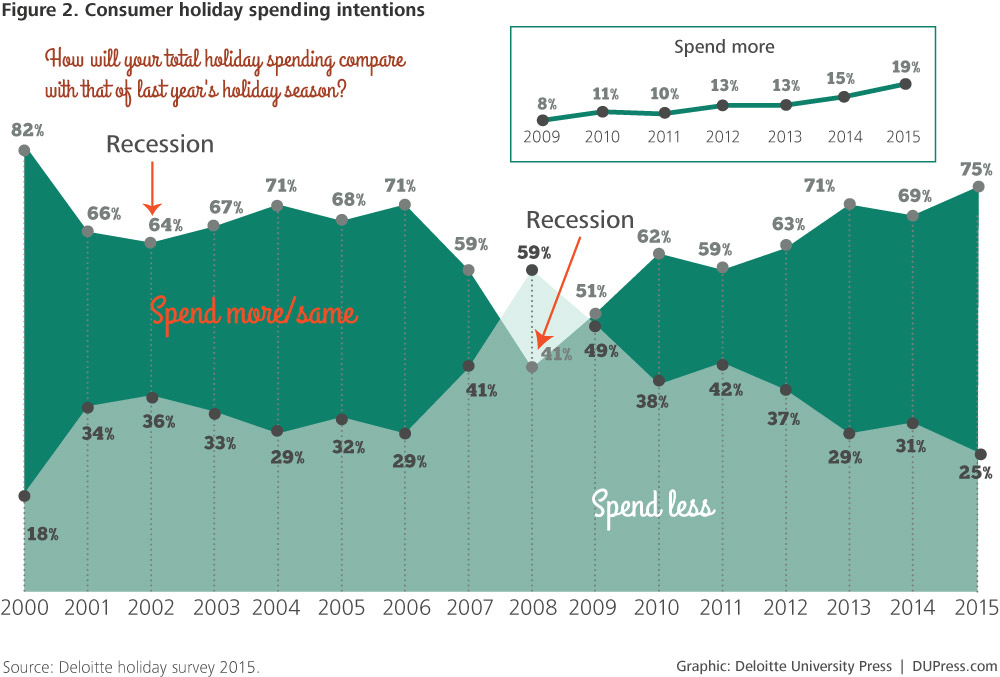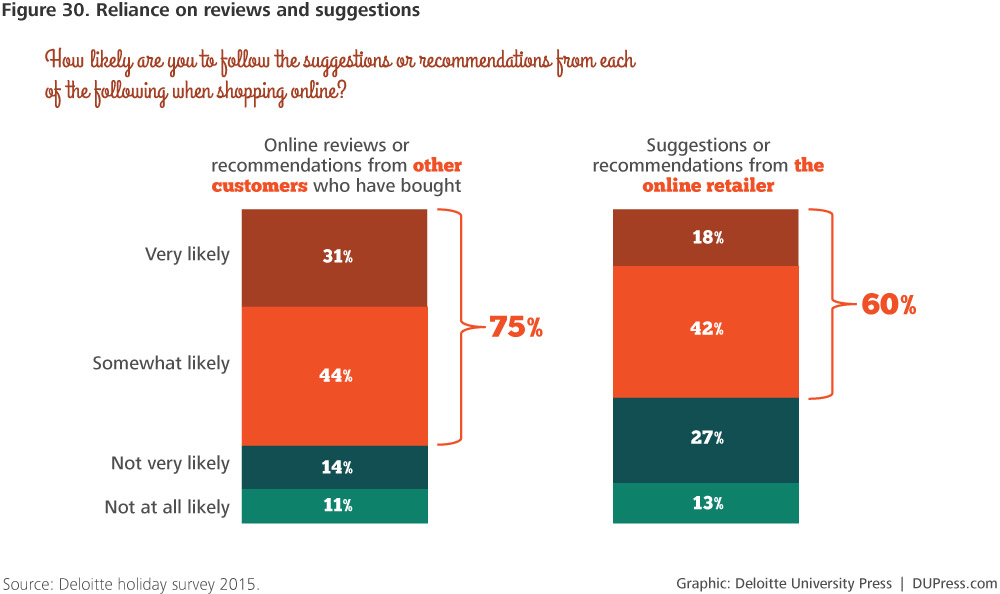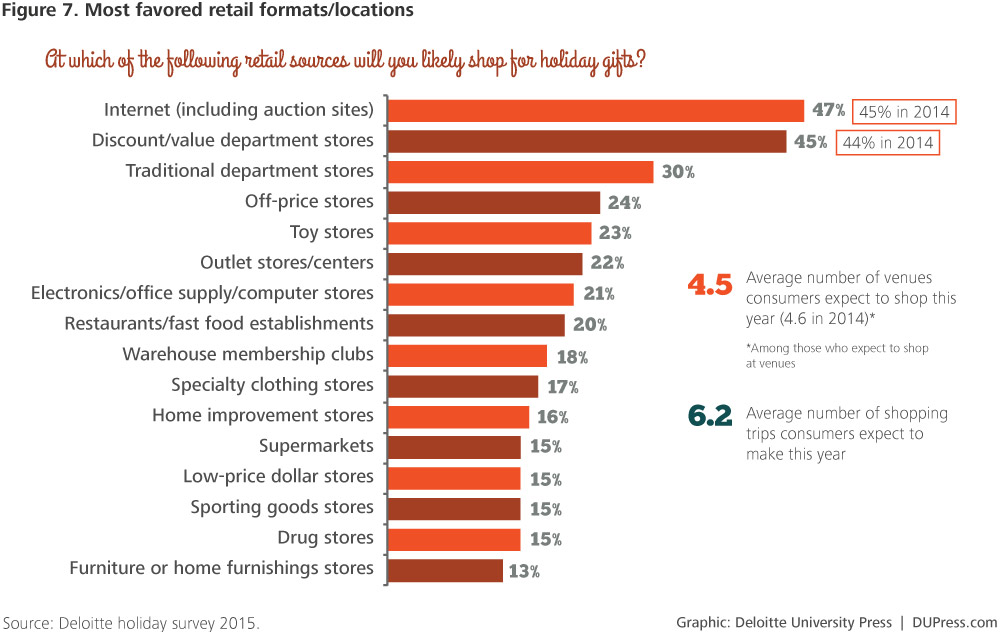The headline may seem a bit obnoxious but I truly believe we are starting to see the start of a significant decline in the world market share of Switzerland and watches. The weakness depicted below is largely due to a contraction in the growth rate of the Chinese economy with Swiss exports of watches in the first 10 months of 2015 only down 3.2%.
However, that weakness comes at a time when active watches are on fire and smart watches are improving. Active watches would be those offered by Fitbit or Jawbone that offer to tell the time whilst tracking sleeps and steps. Why does a consumer need both a watch and a step counter that tells time? They don't. Secondly, consumers of today have very different purchasing habits. Consumers spending habits are flat to slightly down but the frequency of purchases are up considerably. Retail stalwarts like H&M, Zara and Uniqlo have become fast fashion global goliaths exploiting the trend of frivolous, throw away purchases. As for smart watches, Apple's first foray is a drop in the bucket today, but will grow quietly. Additionally, Android's host of Android Wear manufacturers (Samsung, Motorola, LG, etc.) will continue to improve their offerings for Android's 60%+ global market share.
The first 10 months of 2015 are the start of a trend that should have those in Switzerland worrying.








